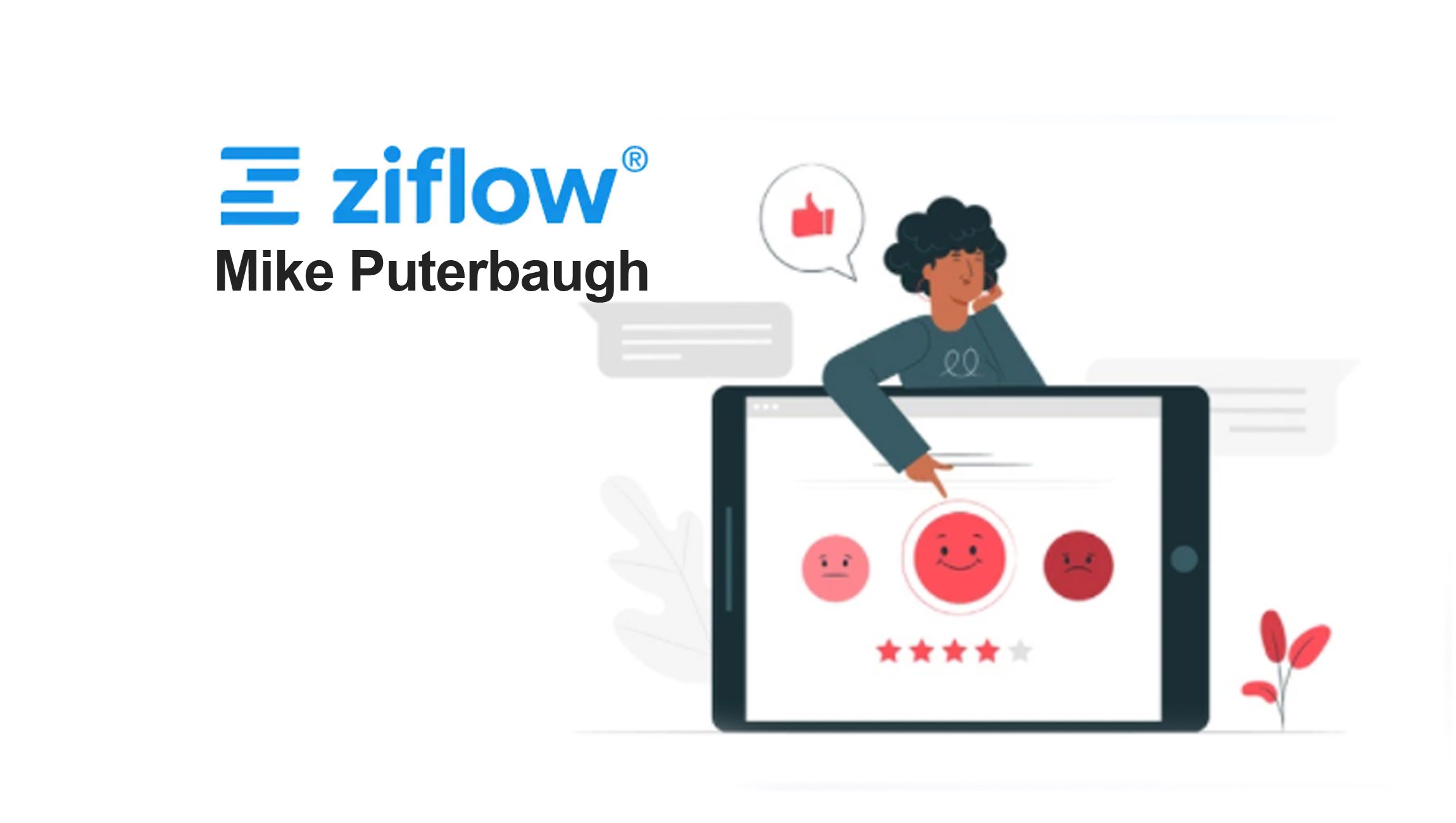For marketing and creative teams that work for brands or in agencies, creativity and campaign results are two incredibly important factors that drive business value, but they aren’t the only factors.
The health of your company can most closely be tied to client satisfaction.
There are a number of indicators that teams typically use to assess client satisfaction levels, such as billings growth, referral business, and awards. Similarly, post-project and quarterly net promoter scores (NPS) can be used to identify whether or not it’s time for your business to implement new strategies to improve the overall customer experience. However, there are three often overlooked, cost-efficient methods for improving client happiness that can have a drastic impact on business growth, if implemented during project development: heightening communication standards, increasing client and project visibility, and adapting internal processes for response and resolution time.
Marketing Technology News: Avatier Unveils 2021 Spring Release Identity Anywhere Suite
Communications Defined by Cadence and Context
From a recent customer survey of marketing and creative professionals conducted by Ziflow, we learned that roughly nine hours per workweek are spent on clarifying the next steps for a project internally, with an additional two hours being spent per project on chasing internal and client-related approvals. Inefficient time spent on communication for project review and approvals alone is primarily caused by an over-reliance on “traditional” forms of communication such as email, where responses are inconsistent in frequency and can get lost or bogged down by day’s end.
To mitigate these bottlenecks, teams working within brands or for agencies should set clear expectations with clients or managers early on in the project lifecycle around the cadence and content of work-in-progress updates. Similarly, setting up automated reminders for sending project updates makes teams appear more reliable as the agreed-upon cadence will be upheld. It is also just as critical to create a sense of transparency in communications by providing updates that state what was accomplished and what wasn’t, ensuring that teams remain accountable.
Visibility Is Not All Or Nothing
Without pushing too many buttons with this statement, visibility does not mean that every change or version of a project needs to be shared with a client. Particularly for agencies, there is a balance to be struck that ensures clients see the value of the team’s work while being somewhat shielded from the process it took to create it. Visibility should be useful and informative, and not lead to a plethora of questions.
For these types of situations, technology can be your friend. Providing clients with non-managed updates via automated dashboards is an easy win that almost every modern project management type application can support. Beyond providing access to your systems, you should also consider integrating into your client’s own internal applications. Going these extra steps adds significant value in terms of satisfaction because it enables them to see where things stand without any explanation needed from the marketing or creative team. They’re already familiar with how to consume information in their own systems. Teams can then utilize the technology to standardize and adapt feedback from the client and provide consistent methods of regularly discussed modifications to the data or information being reported. Again, from a technology standpoint, most modern work management applications support this kind of information portability.
Marketing Technology News: MarTech Interview with Ben Brenner, VP of Business Development and Strategy at Digital Remedy
Response and Resolution for Bidirectional Accountability
We’ve all experienced a lag in response time, which leads to a lag in resolution, which in turn can create resentment and frustration from both internal team members and clients alike. A recent report noted that for companies that respond to customer emails, the average response time is 12 hours, with the slowest responses taking longer than 8 days! This is why accountability for these actions has become bidirectional. Clients need to understand that an excess of communication can make teams unproductive, and marketing and creative teams should do what they can to limit response and resolution times.
One great way to reduce response times is at the start of a new project. By automating project intakes, you can acknowledge receipt, kick off a workflow, and begin to allocate resources, automatically. This can all be gated, of course, to meet agency objectives, but the main benefit is the transactional nature of the kickoff. Further, agency leaders should regularly audit project activity to see past response and resolution times, what occurred, and learn from it, sharing it with clients for visibility as well. Lastly, teams can implement or provide access to a shared system that both parties can influence and affect for shared responsibility and visibility into items that need to be addressed.
With these incremental internal changes, client satisfaction can be greatly improved in many tangible ways. Setting heightened communication standards, client and project visibility, and response and resolution time can all result in a happier customer, one that sees accountability and transparency in action, hopefully from the very start. Because these methods often require changes to pre-established processes, their use is only just beginning to increase in everyday business environments. However, embracing these changes for each new project can increase business value immensely – happy clients lead to more business, better results, and enhanced productivity for teams. These are “compounding benefits” at work!
Marketing Technology News: PIM Drives The Future Of Data In Marketing And Sales











